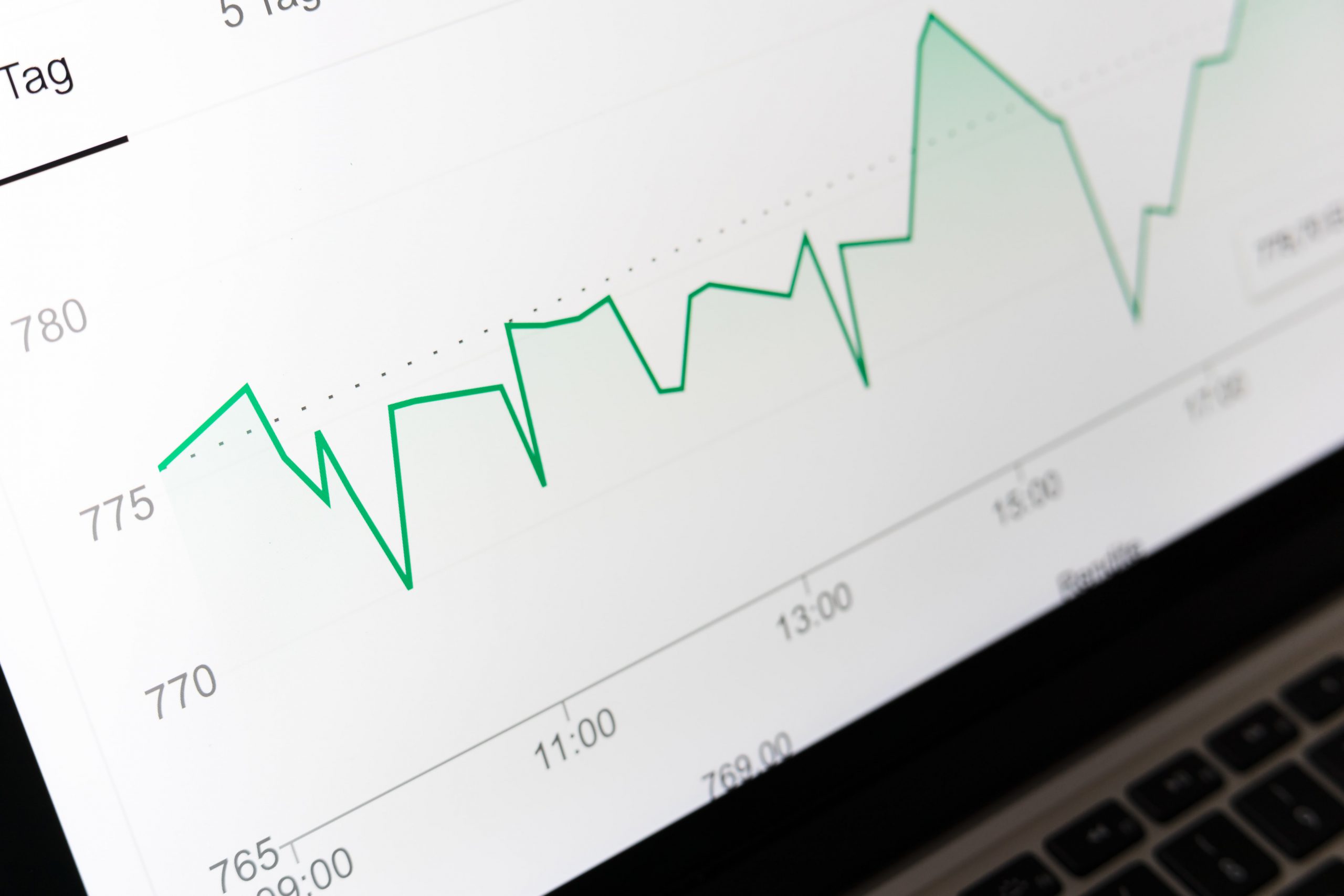Forecasting prices and consumer tendencies is a great way to establish a competitive advantage. Predictions of market is necessary to deal with seasonality changes in demand, pricing competition, supply chain problems and economic behavior.
As global market and supply chain becomes more complex, so does the prices and strategies for products and materials. In that context, there are a variety of techniques and methodologies to rightly forecast prices and demands.
Its important for the manager to know the companie’s operation to select the most adequate technique. The more he knows about the process, the better. Let’s discuss deeper the pricing methods and techniques and how to apply them.
Forecasting Prices Methods and Techniques
Many aspects impact the decision of method, for example, the complexity of the supply chain, the type of product, disponibility of data, the time or period, market situations and many others.
Those factors must be part of the evaluation to decide the right method. Usually, you must chose the one that best uses your data. Forecasting prices must consider which stage of the product’s cycle it is. Some questions help with the early stages of that selection:
- Why do I need the forecast?
- What are the dynamics of my supply chain and operations?
- How can historical data impact on that decision?
That can determine the accuracy of the technique and decide the budget needed, because as forecasting prices have different accuracies, they also change in cost. So, you need to balance the expectation of precision and how much you are willing to pay for it.
Also, the clarity of the process, such as distribution system, sales, production must be analyzed in order to define how the model will be developed. So, you need to understand that to take information out of the data.
Finally, you need to see how the past influence the demand troughout the cycles and how much you can depend on historical data.
Types of Forecasting Prices
Basically, there are three types of forecasting prices techniques: qualitative, time series analysis and causal models. The first uses qualitative data, such as expert inputs and information about events and may also rely on historical data.
Rather than numerical analysis, this method uses expert judgement and knowledge to provide insights on the operation future. This is mostly used on situations that the manager expects different results from previous moments, so the historical data cannot help.
Time series analysis, on the other hand, focus purely on pattern recognition and changes. So, differently from the first one, it relies heavily on historical data and numerical analysis. The results and demand from past cycles will give the right approach for next ones.
Finally, the causal model uses refined and specific data from the process and seeks to understand relationship between series of elements that constitute the operation. It reveals insights that can be used to increase profit and understand demand changes.
In sum
Forecasting prices is a good way to understand market fluctuations and the consumer behavior, and by that increasing your competitive advantages and profitability. There are different ways of analysis and you must chose accordingly to the needs of your business.

